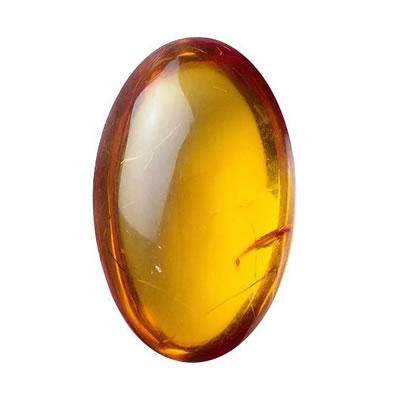Tourmaline

Tourmaline jewelry
Etymology and history
The name of Tourmaline comes from the Sinhalese word "Thuramali" (තුරමලි) or "Thoramalli" (තෝරමල්ලි), which applied to different gemstones found in Sri Lanka. Brightly colored Sri Lankan gem tourmalines were brought to Europe in great quantities by the Dutch East India Company to satisfy a demand for curiosities and gems. At the time it was not realised that schorl and tourmaline were the same mineral.
Tourmaline description
Tourmaline stone is available in a rainbow of colors and color combinations, tourmaline lives up to its name. Legend says tourmaline inspires artistic expression and enhances your intuition. Certainly this gem's varied palette inspires designers to create jewelry to suit every mood. Pink and mint green tourmaline, however, is widely available and more affordable, with prices in the hundreds of dollars per carat. Tourmaline has more varied colors than any other gemstone. Tourmaline's almost limitless colors can resemble almost any other gemstone. Although red, green, and multicolored are its most famous colors. Scientifically, tourmaline is not a single mineral, but a group of minerals related in physical and chemical properties.
Tourmaline in jewelry
Although tourmaline has been used in the making of jewelry in the Middle and Far East for centuries, it was not until the Dutch introduced the stone into Europe, around the year 1700, that tourmaline became widely known and admired. From about 1750 onward, the stone became highly fashionable as a gemstone. As its popularity increased, the common name was changed from ashentrekker to the Sinhalese turmali.
Occurrence
Tourmaline commonly comes from Tanzania, Madagascar, Brazil, Australia, Sri Lanka, the U.S., and Russia, plus other countries.
Talk to Our Jewelry Experts
Monday to Friday from 9AM to 5PM EST














